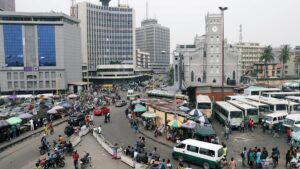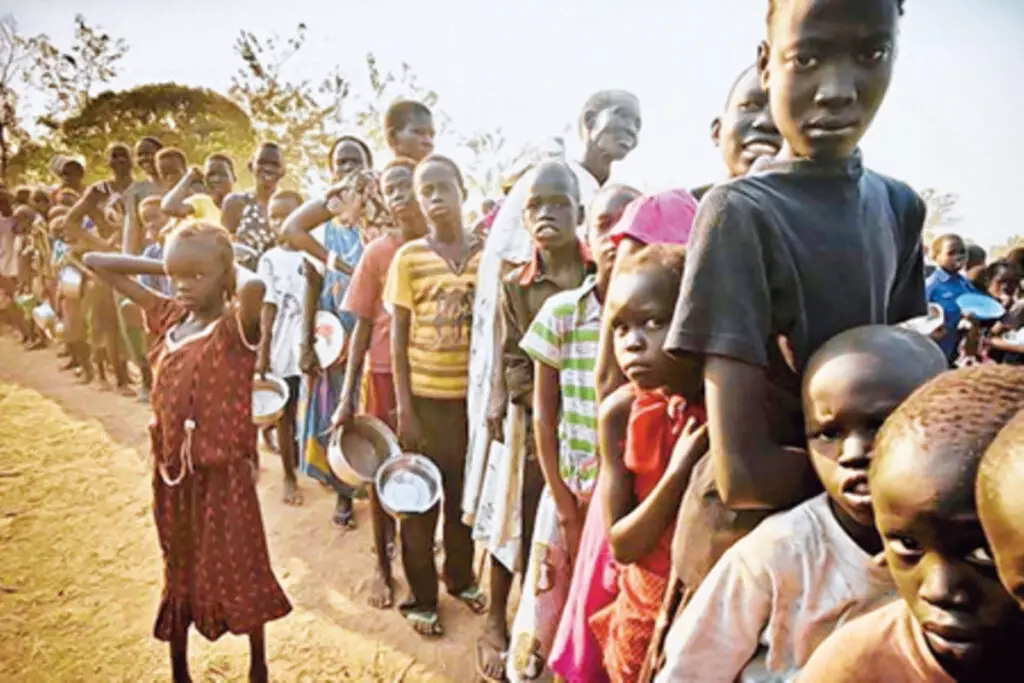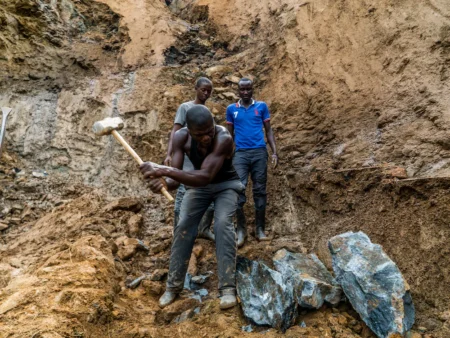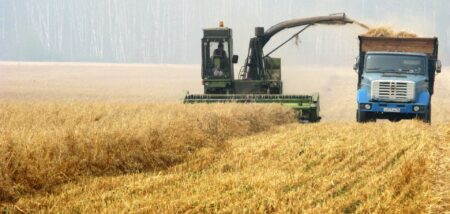- Over 20 million children in the Horn of Africa will suffer severe hunger, thirst and disease in 2023
- Africa food crisis blamed on climate change and the Russia-Ukraine war
- The continent continues to invest millions for future projects as millions die by the day
A prolonged drought linked to climate change is being linked to a severe food crisis in the Horn of Africa with millions in parts of Ethiopia, Somali and Kenya facing staring death as a result of extreme hunger.
According to the UN Children’s Fund (UNICEF), the number of children suffering from dire drought conditions has more than doubled in the last five months of 2022, spelling a hunger doom in 2023.
It is estimated that over 20 million children in the Horn of Africa will suffer severe hunger, thirst and disease in the coming year; a figure that is twice the 2022 figure that was pegged at 10 million.
Also Read:Why most Kenyans suffer after retirement
What has worsened Africa’s food crisis and hunger levels? The World Meteorological Organization says Africa is facing another failed rain season for the fifth consecutive year. Regional conflicts, climate change and the Russia-Ukraine war has made an already dire situation worse.
UNICEF reports that nearly two million in the Horn of Africa need urgent treatment from severe acute malnutrition, which the organ’s authorities describe as the deadliest form of hunger. In addition, 24 million people are facing dire water shortage caused by drought, a product of climate change.
As a result, over two million people have so far been displaced, almost 3 million children forced out of school and an additional four million at risk of dropping out in the coming months.
Where food is available, inflation levels have left communities unable to buy staples bringing malnutrition into urban areas.
While the Horn of Africa is in need of immediate and urgent intervention, the rest of Africa is not better off. The 2022 Global Report on Food Crises estimates a shocking 140 million people across Africa face acute food insecurity.
As you read this article, it is estimated that at least one in five Africans will go to bed hungry.
What is disturbing here is the fact that Africa is so dependent on grain imports from Europe that it is not climate change and the resulting drought that are solely to blame but the Russia-Ukraine war.
Due to the dire situation, child labour, child marriage, sexual violence, exploitation, abuse, and other forms of gender-based violence (GBV) are all reported to be worsening.
The food crisis has triggered soaring inflation adding to the mix of challenges Africa is facing including rising debt, extreme weather and armed conflicts caused by extremist groups.
“Perhaps no priority is more pressing than addressing food insecurity to safeguard the calorie and nutrition needs of Africa’s one billion people and protect their human development,” UNICEF implores.
“We need a global effort to mobilize resources urgently to reduce further devastation and irreversible damage to children in the Horn of Africa,” pleads UNICEF Deputy Regional Director for Eastern and Southern Africa Lieke van de Wiel.
UNICEF’s 2023 emergency appeal for Africa
To address the crisis, UNICEF has so far delivered food and other services to some two million children and women. The aid includes healthcare services like vaccination and safe water. Two million hardly addresses the 20 million in peril and UNICEF has now issued an appeal for US$759 million to help mitigate the crisis.
Dubbed the UNICEF’s 2023 emergency appeal, the $759 million is only part of the larger financial aid needed. To cover long-term investments for communities to recover, an additional $690 million is required.
“As governments and people across the world prepare to welcome a New Year, we urge the international community to commit to responding now for what might hit the Horn of Africa next year, and in the years to come”, Ms. Van de Wiel appealed in the UNICEF report.
The Red Cross puts it much more bluntly.
“Communities across Africa including in Kenya, Nigeria, Ethiopia and Somalia are facing the worst food crisis seen in 40 years. It’s the worst crisis in decades – yet it’s only just hitting the headlines.”
Speaking on behalf of the British Red Cross, Chief Executive Mike Adamson, says; “The UK must play a leading role in responding to this growing emergency. Communities urgently need support, not only with immediate food and healthcare needs, but also longer-term, sustainable solutions.”
The World Food Programme (WFP) estimates that the annual food needs for the Horn of Africa has increased from $4.3 billion to $6 billion.
Africa response to the food crisis
The African Development Bank Group (AfDB) has reported that in the face of a looming food crisis and the resulting social and economical aftermath, it has set up a US$1.5 billion for its African Emergency Food Production Facility, and has already deployed US$1.3 billion to mitigate the crisis.
According to the AfDB, Africa is facing a shortage of more than 30 million metric tons of food due to the war in Ukraine.
To address the crisis, the AfDB’s African Emergency Food Production Facility has pledged to provide some 20 million African small scale farmers with certified seeds.
The bank plans to increase access to the much needed fertilizers and other agro inputs to enable the rapid production of some 38 million tons of food.
Will this be enough, or is it too little too late? Much remains to be determined when a continent of so much agriculture potential including 65% of the world’s virgin arable land is in dire food shortage.
Worse still, while there is so much investment happening in the so called ‘long term plans’, the immediate suffering of millions of children and women and elderly is taking second stage.
So much money is being pumped in mechanizing agriculture for future food security and for infrastructure development, yet millions are hungry and dying from hunger today.
It seems Africa is saving for a better tomorrow at the peril of its people today.











